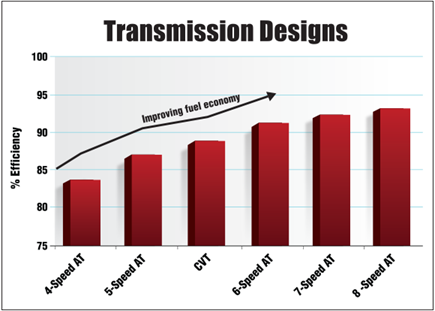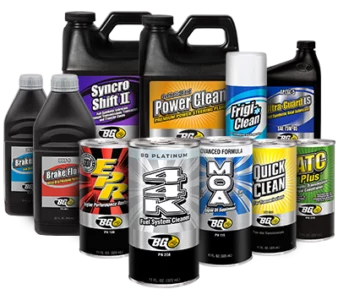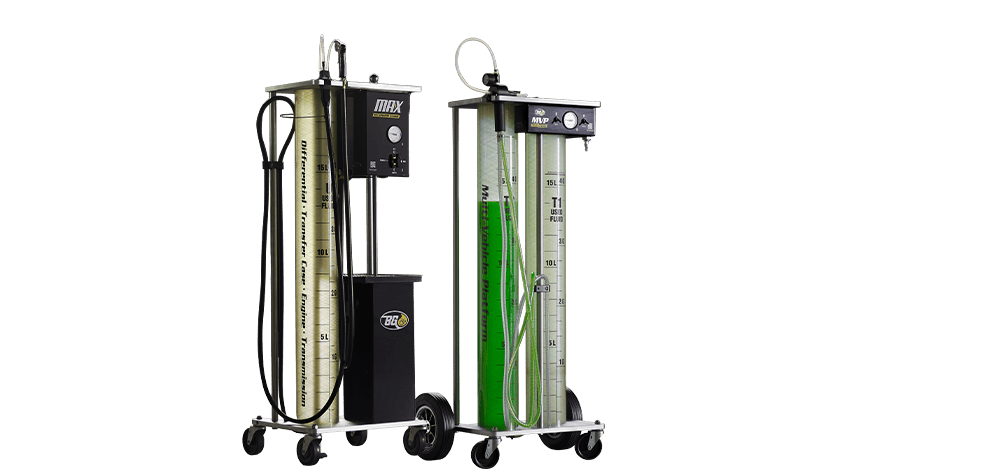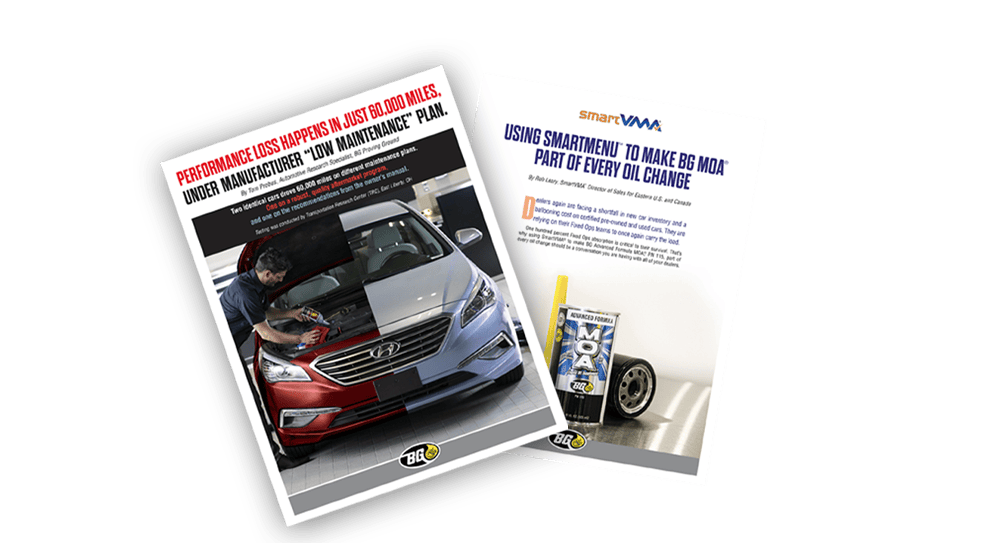The automatic transmission has held the distinction of being the most popular type of transmission for vehicles for more than 75 years. However, the continuously variable automatic transmission (CVT) and other new-age designs are slowly gaining popularity. By 2012, CVTs are expected to have a 20 percent share of the Japanese market, a four percent share of the North American market and almost five percent of the European market.
Automatic vs. CVT
A regular automatic transmission has a fixed number of gears. The number of gears is what gives a transmission the classification of four-speed automatic, five-speed automatic, etc. The more gears, or speeds, in an automatic transmission, the greater efficiency in power transfer, resulting in better fuel economy. Recently, OEMs are moving toward developing more 6-, 7- and 8-speed transmissions. In contrast, a continuously variable automatic transmission (CVT) has an infinite number of gear ratios, using a system of variable pulleys and belts.
The core of a CVT consists of a belt running between two pulleys. Each pulley is comprised of two discs. When the discs are positioned far away from each other, the belt runs in an orbit with a relatively small diameter that equals to a small gear of a conventional gearbox. When the discs are pushed together, the belt is pushed outside and runs in an orbit of large diameter equaling that of a large gear. In short, pushing and easing the discs varies the transmission ratio.
Go ahead… take it for a spin
When driving a car equipped with a CVT, there is no noticeable shifting like you would feel with an automatic transmission. In a regular automatic transmission, the engine speed drops during the shift from first to second, third to fourth, and so on. In a CVT-equipped car, the RPM never drops.
For example, when you punch the accelerator on a CVT-equipped car, the RPM will rise to where the engine makes the most power, let’s say 5,000 RPM; and it stays there while the vehicle accelerates. It almost feels like the transmission is slipping, even though everything is fine. The change takes some getting used to.

More than meets the eye
CVTs can be found in most hybrids and started off in small cars only. However, recent advancements in technology have made the transmission strong enough to handle the demands of heavier, more powerful cars.
CVTs provide precise, independent and smooth combination of engine speed and torque output to meet drive wheel requirements. They may seem complicated, but simply: CVTs match engine performance with load conditions to maximize fuel economy.
As we’ve found with most advanced engineering technologies, CVTs are highly dependent on just the right fluid technology. In contrast with a gear system in automatic transmissions, CVT’s belt and pulley system requires a certain amount of friction to achieve absolute component protection. Regular ATF is formulated to provide lubrication and decrease friction and its slick makeup may cause a CVT to slip. Therefore, regular ATF is not recommended as a substitute for CVT-specific fluid.
The market for CVTs is growing more than ever, so now’s the time to shift our thinking about transmission technology.






